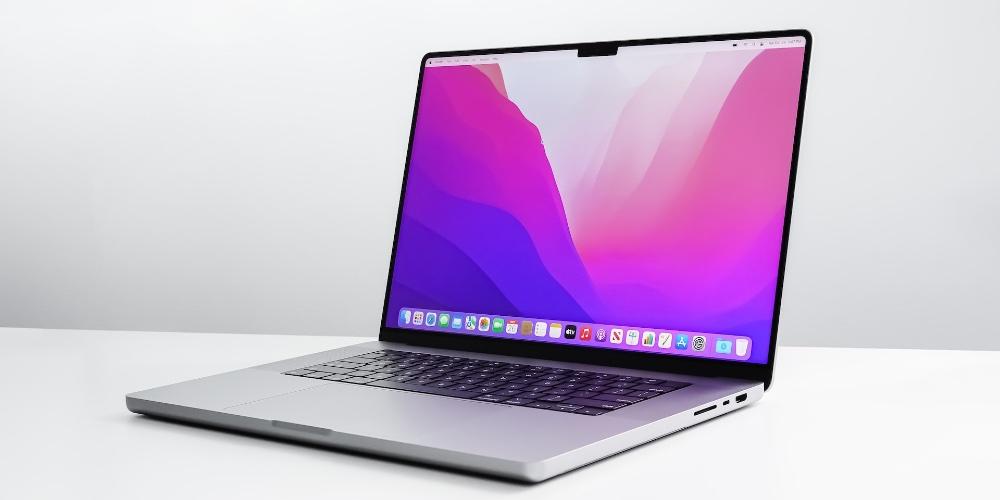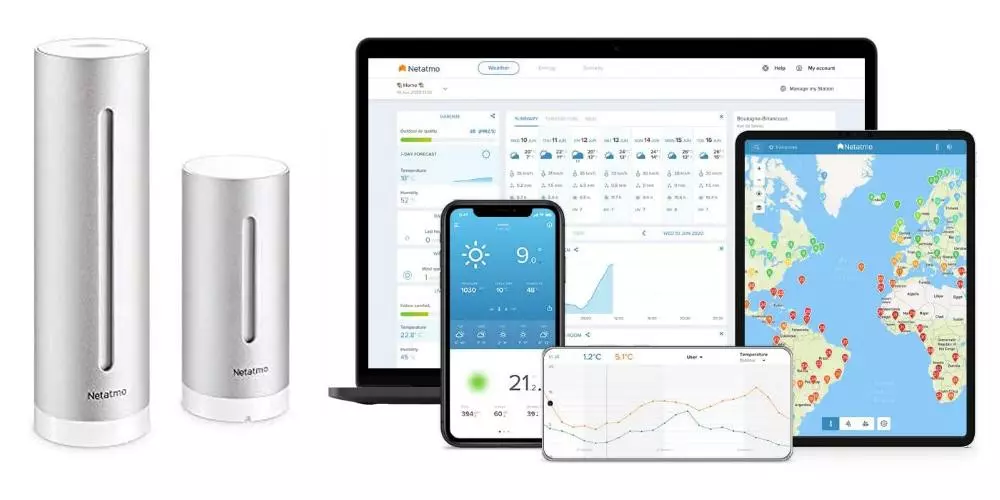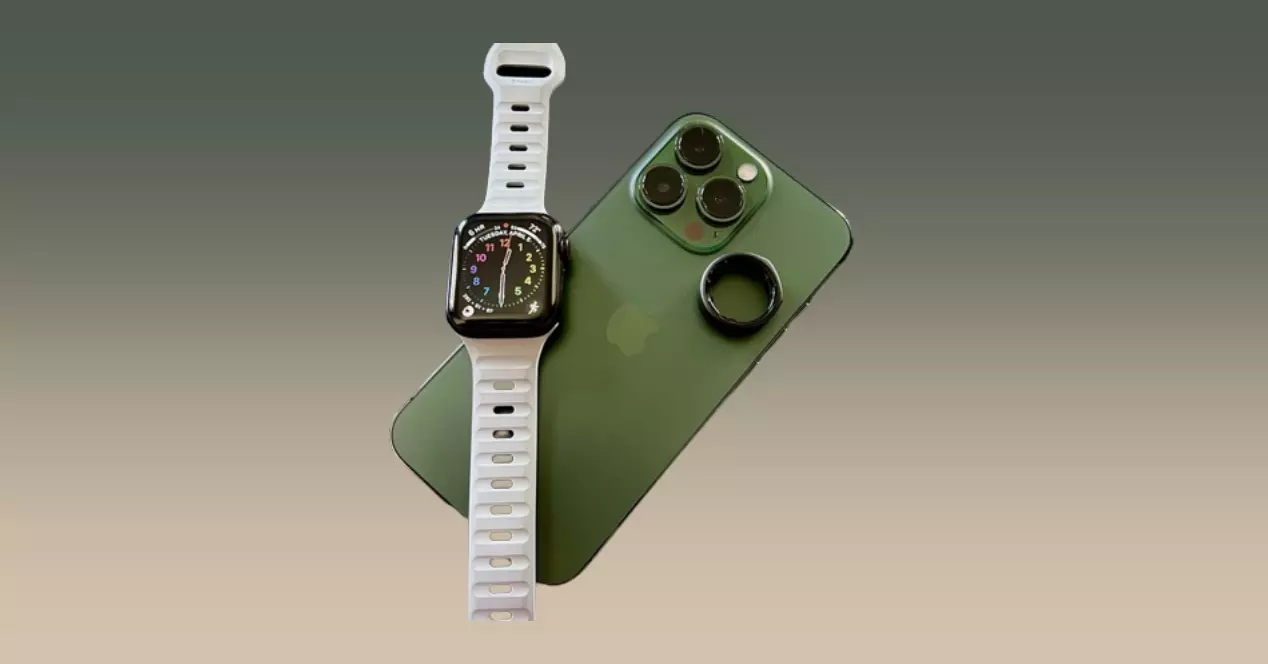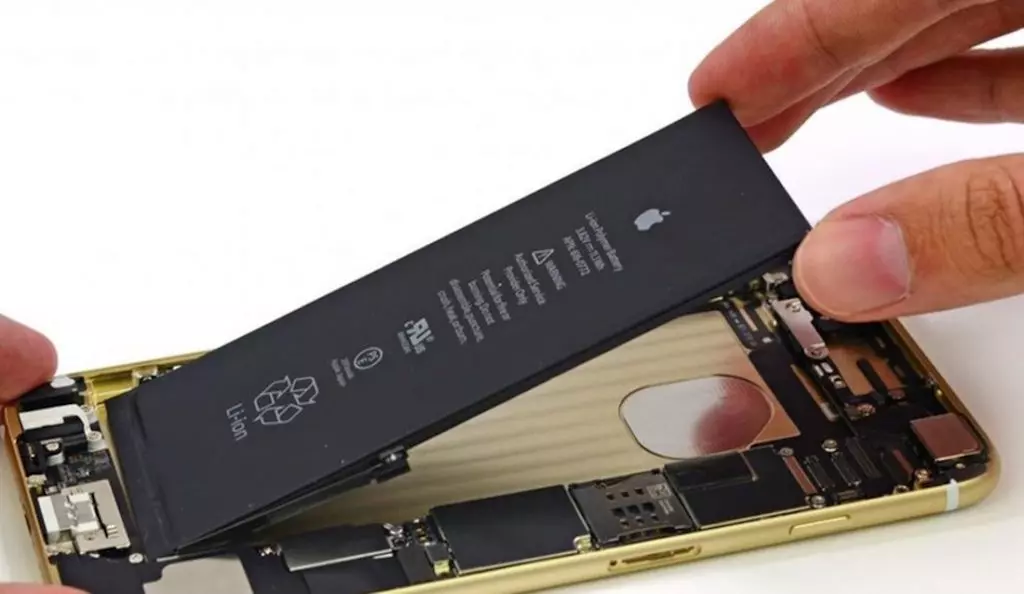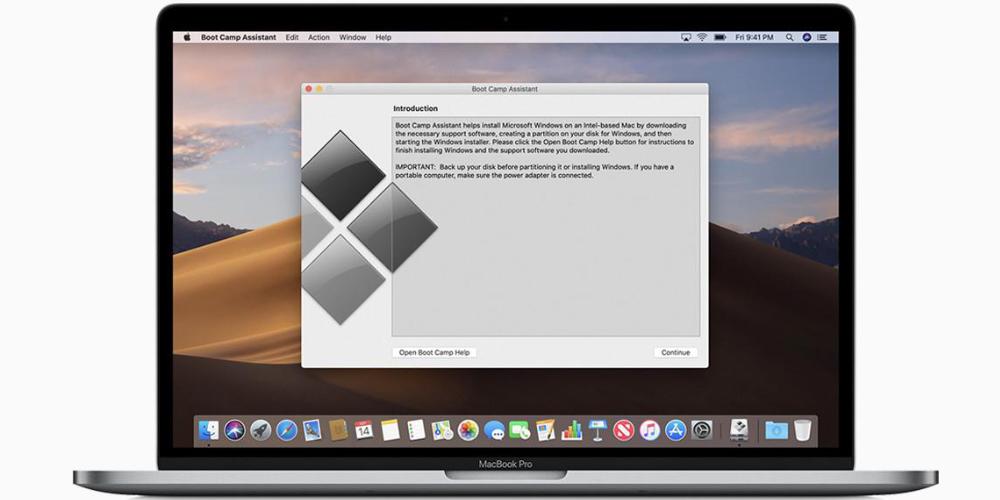
Is it possible to have Linux on Mac?
Officially, Apple computers are compatible with the Windows operating system, through Bootcamp. This is a Mac tool that allows you to create a hard drive partition and thus be able to start Windows independently. But this has a limitation: only Intel processors are supported with this function. And if we want to boot Windows on a Mac with Apple Silicon, we’ll need to run virtual machines that are compatible with these chips.
So yes, officially, Windows and Mac can be understood without problems. But the situation with Linux is different. As it is a free software operating system, and we want to install it on an Apple computer, we will have to resort to tricks and less conventional methods.
If we have a Mac with an Intel processor
If we have a Mac with an Intel processor, installing a Linux distribution is “easier”, since we are going to benefit from the Bootcamp functionality. For this, we will have to create a hard drive partition using the Bootcamp toolinstall the Windows operating system and then, we will have to install the Linux system on top of the partition that we have created with Windows.
Although it is possible to install Linux on a Mac with Intel in a somewhat more “direct” way than with Macs with Apple Silicon, the truth is that we will need several elements if we want to run this system on an Apple computer. Yes or yes we are going to need the following:
- A Bootcamp partition with Windows system installed
- An external memory with the Linux distribution that we want to install (the most recommended on a Mac is to use Ubuntusince it is also one of the easiest to use).
If we have a Mac with Apple Silicon
The arrival of Apple Silicon processors has disrupted the entire landscape. Even when it comes to being able to use Linux on a Mac. And it is that we will no longer be able to use the Bootcamp tool. Because of this, several independent groups and organizations have developed methods to install Linux, natively, on a Mac using Apple Silicon. One of the best known projects is Asahi Linux Alpha, which is supported (with limitations) on Mac computers with M1 chips. So, on their official website, they detail the requirements that our computer must have:
- Chip M1, M1 Pro and M1 Max. Mac Studio will not be supported with this procedure.
- macOS 12.3 operating system, onwards and with our main user session (administrator) started.
- At least 53GB of dedicated space for desktop installation.
- stable internet connection
Likewise, they explain that not all the physical components of the computers (especially in a MacBook Pro) are going to work. Although certain functions such as Wi-Fi or Thunderbolt ports will work, other connections such as Bluetooth or Display Port will be left out. Of course, they also explain that, depending on the model we can use more or less features.
So yes, it is possible to install Linux on a Mac, although both processes are tedious. But if you are not a computer-savvy person, but you want to try Linux on your Mac, you can always install a virtual machine and run the Linux distribution that you like, directly on the desktop, and without putting your data and system at risk. macOS operating.
